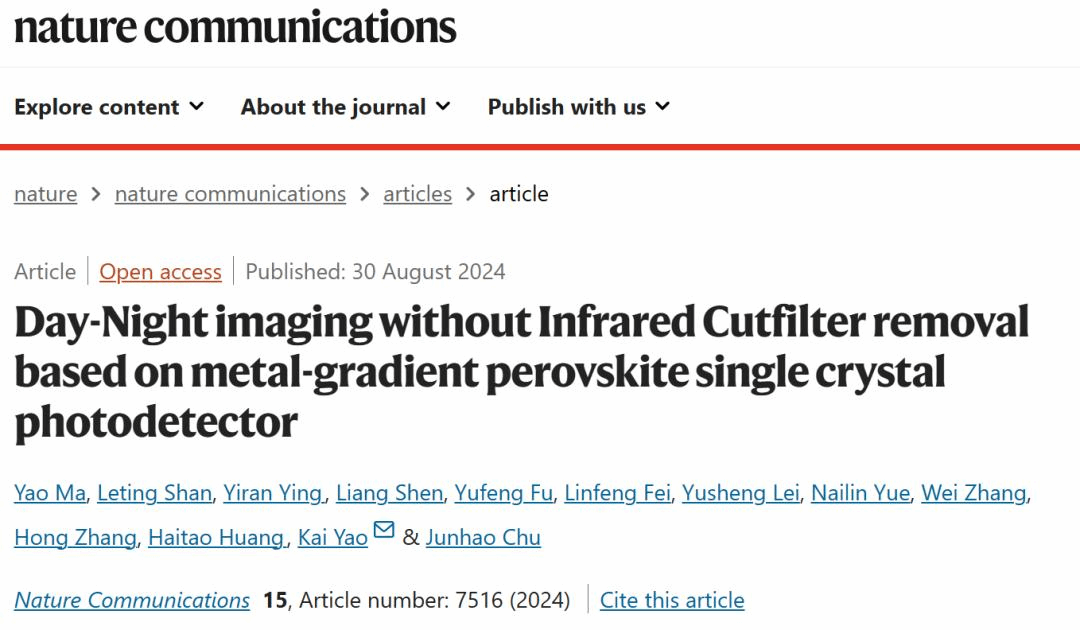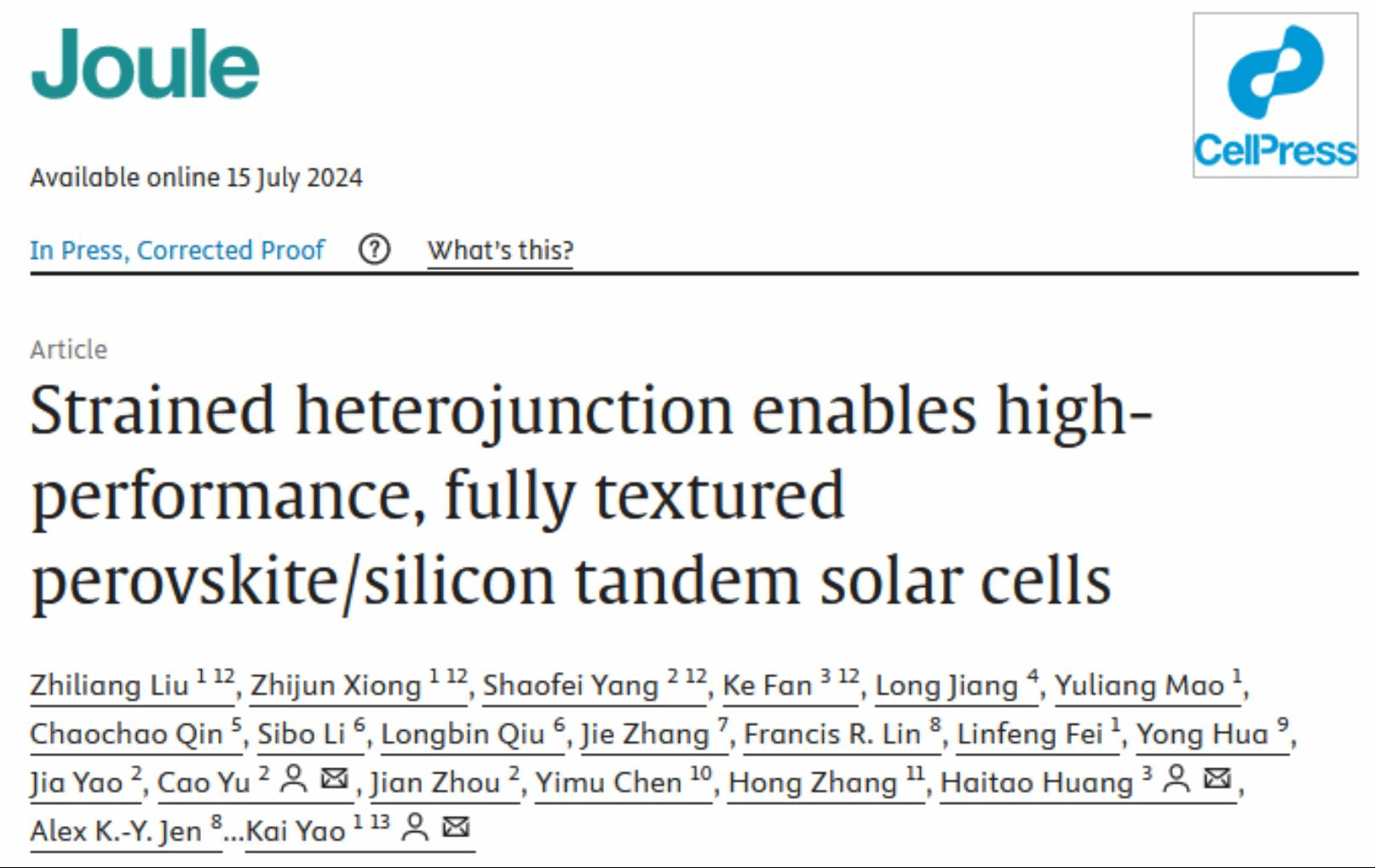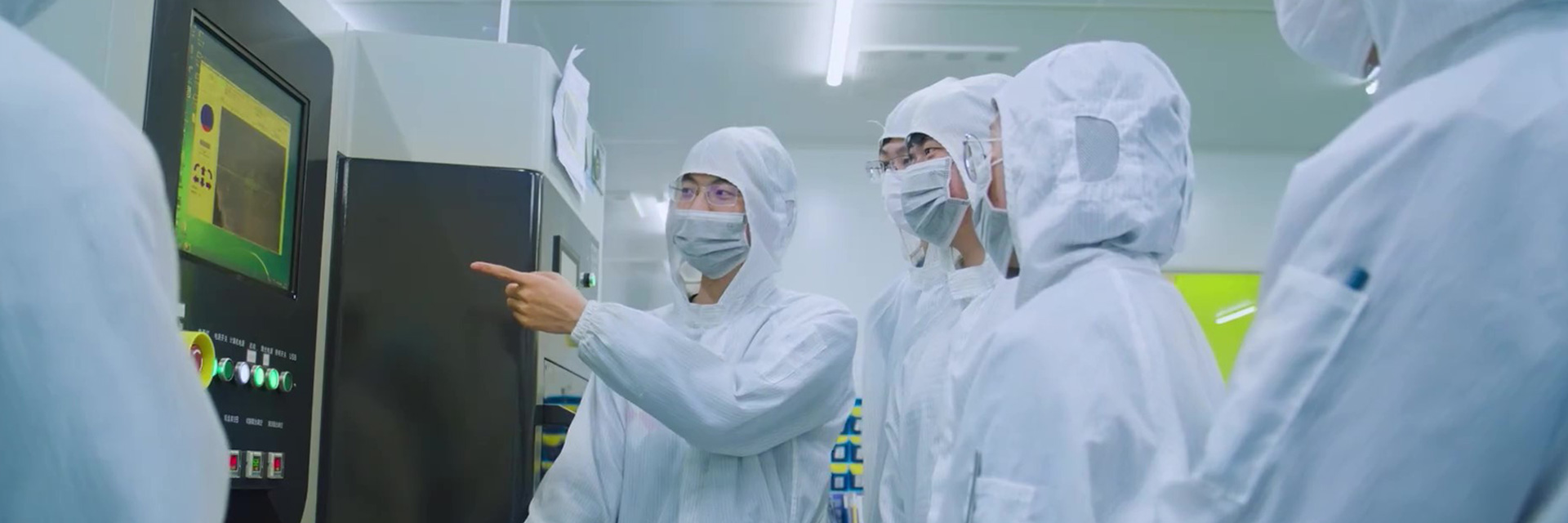(Source: Institute of Photovoltaic) In recent years, metal halide perovskite materials have attracted considerable attention due to their excellent physical properties such as high charge carrier mobility, light absorption coefficient and defect tolerance. Therefore, the prepared photoelectric conversion devices which exhibit excellent performance have become one of the most popular research fields. The main applications of photoelectric conversion devices include photodetectors and solar cells. However, in order to expand the practical application scenarios of perovskite photoelectric conversion devices, it is necessary to specifically design and develop the structure of perovskite materials.
For photodetectors for day and night imaging, the research team addressed these challenges by employing a perovskite photodetector based on Pb-Sn alloyed single crystal with a vertical bandgap-graded structure that presents variable-spectrum responses from visible light to near-infrared at different biases. The team further developed an imaging module prototype without Infrared Cutfilter Removal that exhibits excellent color fidelity with RGB color differences. This work published in Nature Communications was completed by close cooperation of multiple research groups including Jilin University, Nanchang University, Hong Kong Polytechnic University, and Fudan University. Prof. Kai Yao from Nanchang University is the only corresponding author of this work.

As for the high-efficiency perovskite/silicon tandem solar cells, the research team proposed the deposition of 3D perovskite buffer layer on the bottom of a large textured surface through the vacuum method. The buffer layer and the top perovskite absorption layer formed a 3D/3D strained perovskite heterojunction to alleviate the residual stress of perovskite on micro-textured surfaces. As a result, the perovskite/silicon tandem with the base of strained perovskite heterojunction achieves a certified steady-state efficiency of 31.5%. The paper was published in Joule, an energy sub journal to Cell. Yu Cao from Suzhou Maxwell Technologies Co., Ltd. Prof. Haitao Huang from the Hong Kong Polytechnic University and Prof. Kai Yao from Nanchang University are co-corresponding authors. Nanchang University is the first institutional affiliation.

In addition, the recent work of the research team on perovskite/silicon tandem solar cells has also been published in Angew Chem. Int. Ed. 2024, 63, 202407151. Nanchang University is the first institutional affiliation, and Prof. Kai Yao is the only corresponding author.
Editor: Tu Jinfeng
Executive Editor: Xu Hang




